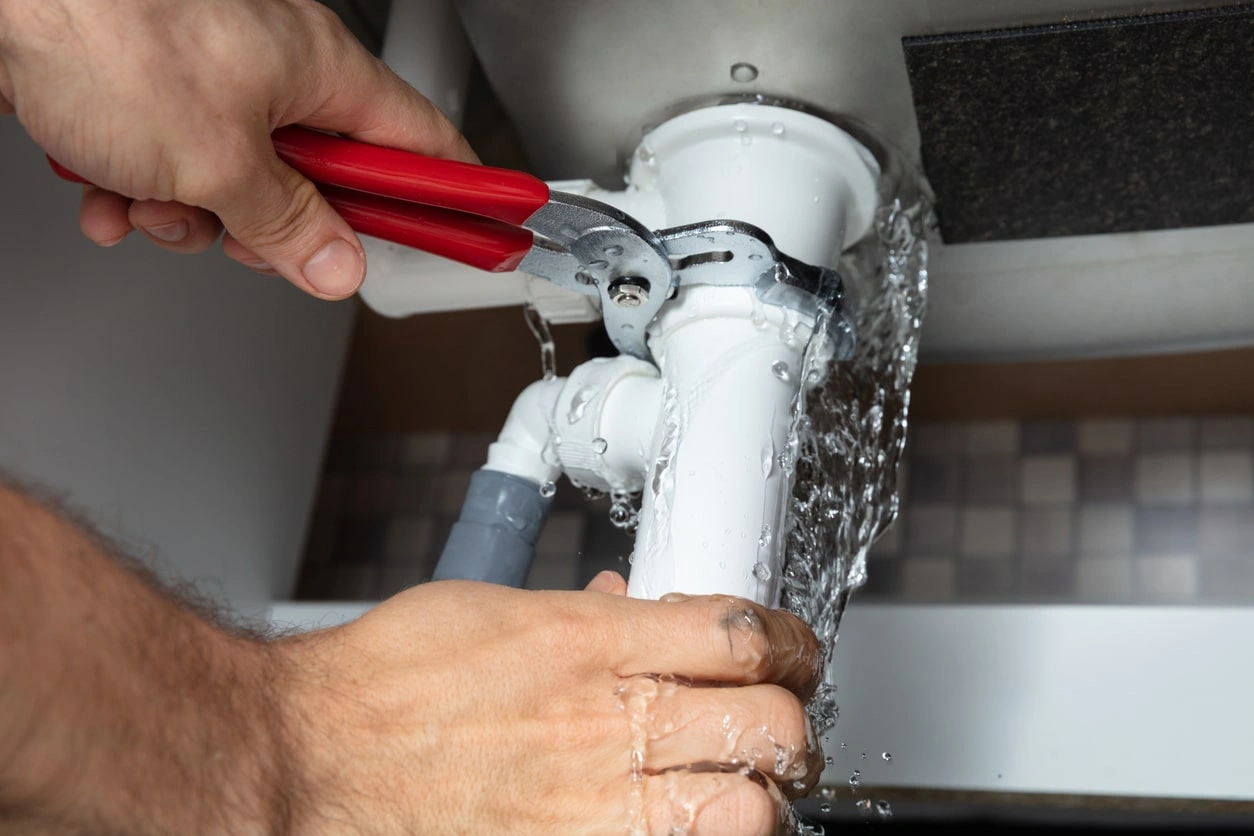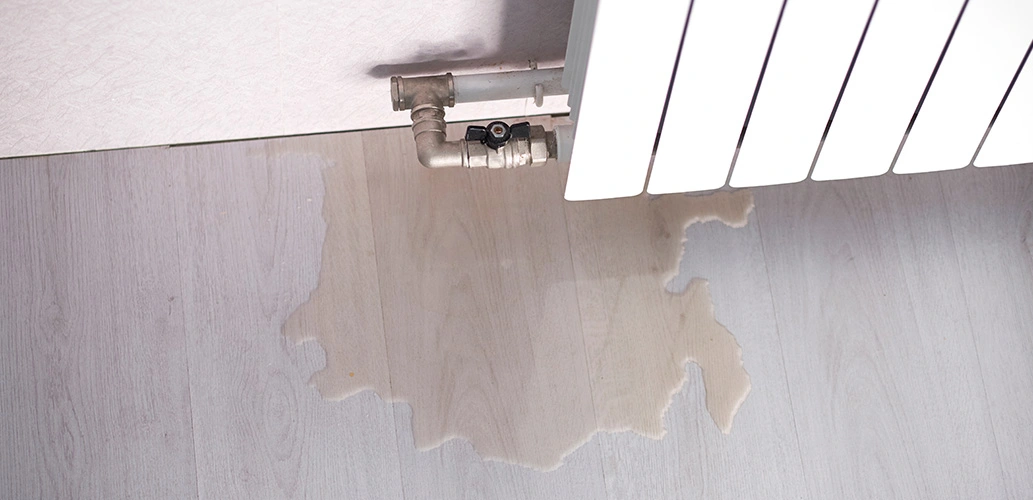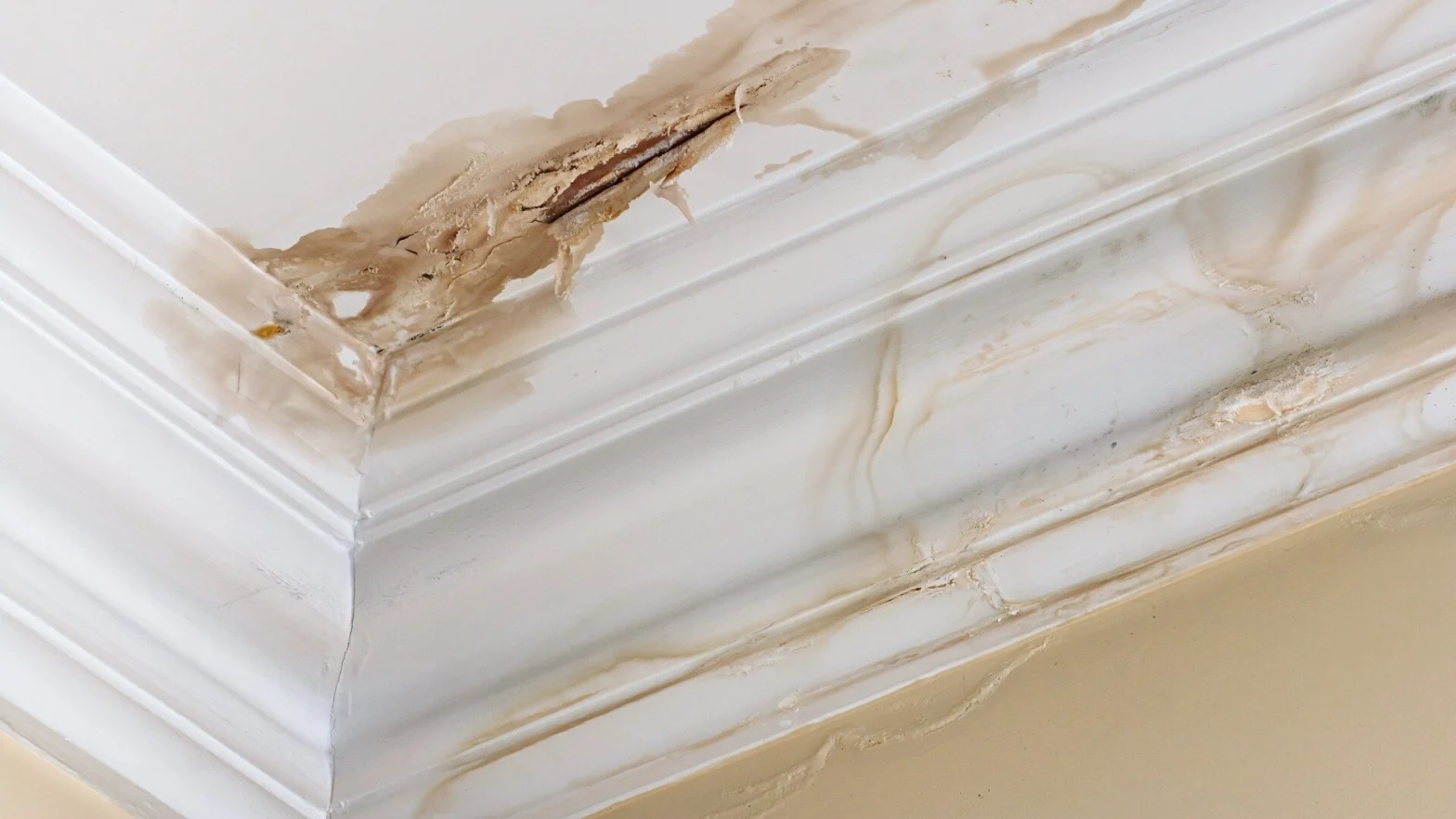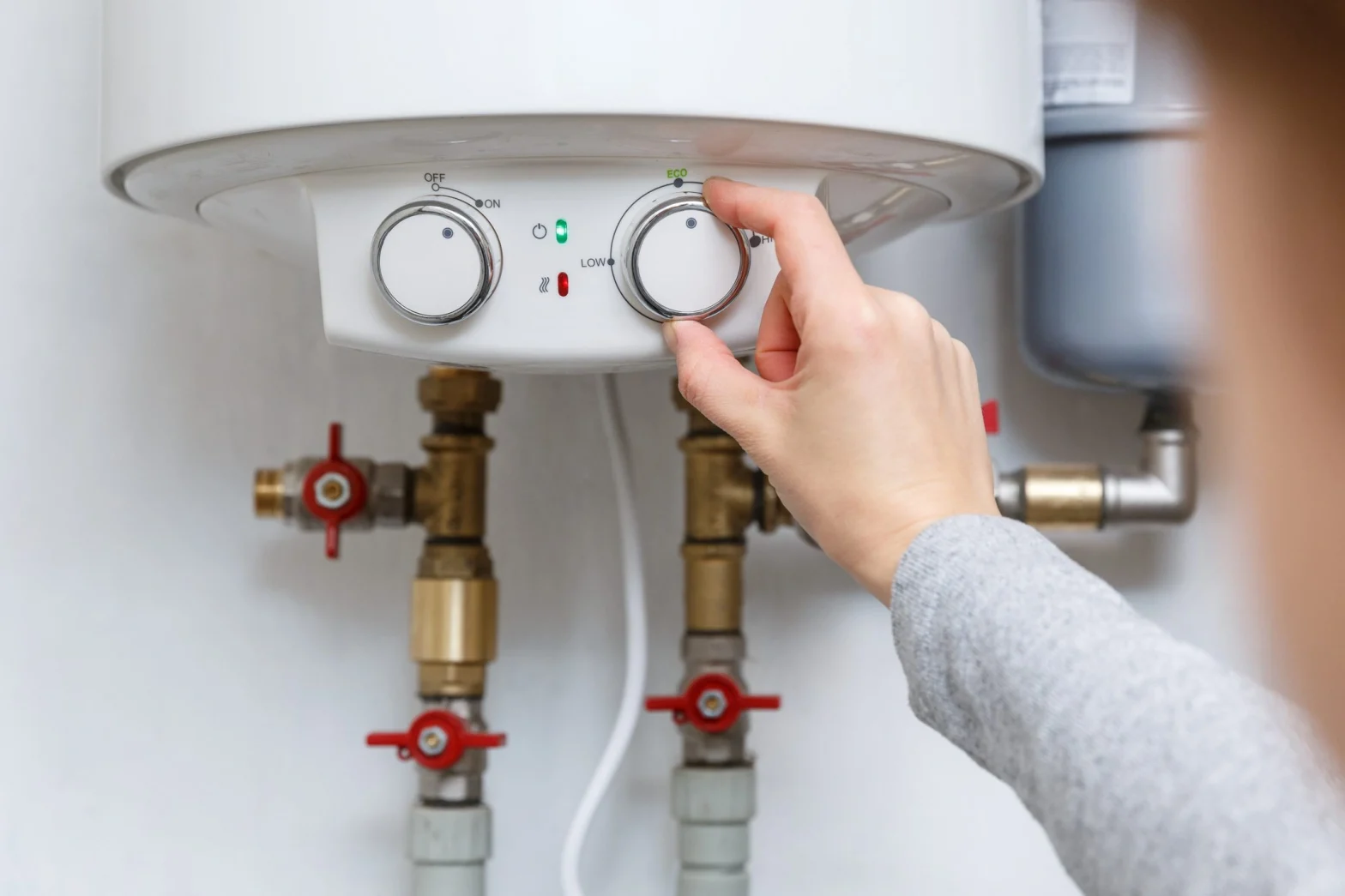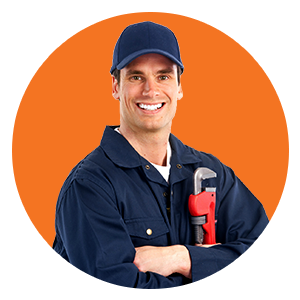The Emergency Plumbing Checklist Every SoCal Homeowner Should Have
Emergencies can strike at any time, and plumbing issues are no exception. A burst pipe, an overflowing toilet, or a malfunctioning water heater can cause significant damage if not addressed immediately. As a homeowner, having an emergency plumbing checklist can help you act quickly and minimize potential harm to your property. This guide will walk you through the essential steps you must take during a plumbing emergency and the tools you should always have ready.
Why Every Homeowner Needs an Emergency Plumbing Checklist
A well-prepared homeowner can prevent minor plumbing issues from escalating into costly disasters. Plumbing problems often arise without warning, and in those critical moments, having a structured emergency checklist allows you to act swiftly, reducing water damage and preventing excessive repair costs. An emergency plumbing checklist ensures you know the necessary steps to take, have the right tools on hand, and understand when professional help is required.
1. Know the Location of Your Shut-Off Valves
One of the most critical steps in handling a plumbing emergency is knowing how to stop the water flow. Every home has a main water shut-off valve, typically located near the water meter, in the basement, garage, or outside the house. Turning this valve off can prevent further water damage in the event of a burst pipe or major leak.
In addition to the main shut-off valve, locating individual shut-off valves for sinks, toilets, dishwashers, and washing machines is essential. Knowing where these are and how to turn them off can help you isolate the problem without disrupting the entire household’s water supply.
2. Keep Essential Plumbing Tools on Hand
Having the right tools can make all the difference in a plumbing emergency. At a minimum, your emergency plumbing kit should include:
- Plunger: A simple yet effective tool for unclogging toilets and drains.
- Pipe Wrench: Useful for tightening or loosening pipes and fittings.
- Adjustable Wrench: Ideal for working on various plumbing connections.
- Plumber’s Tape (Teflon Tape): Helps prevent leaks in threaded pipe connections.
- Bucket and Towels: Essential for catching water spills and preventing further damage.
- Pipe Snake or Auger: Can help clear stubborn drain blockages.
- Rubber Gloves and Goggles: Protect your hands and eyes while working with plumbing issues.
By keeping these tools easily accessible, you can quickly respond to minor emergencies and potentially avoid costly repairs.
3. Identifying Common Plumbing Emergencies and Quick Fixes
Before calling a plumber, homeowners can attempt several quick fixes to mitigate damage. If you have a leaking faucet, tightening connections or replacing washers can temporarily stop the drip. An overflowing toilet can often be managed by shutting off the toilet’s water supply and using a plunger to clear the blockage. A mixture of baking soda and vinegar, followed by hot water, can help dissolve buildup for slow drains. These simple solutions can buy you time before professional repairs are necessary. Here are a few frequent issues and their immediate solutions:
How to Handle a Burst Pipe
A burst pipe can cause severe structural damage if not addressed immediately. The first step is to shut off the main water supply to stop the water flow. Next, open all faucets to drain excess water from the pipes and relieve pressure. Locate the damaged section and apply a pipe repair clamp as a temporary fix. While this can minimize immediate damage, a professional plumber should be contacted to provide a permanent solution, such as replacing the broken section of the pipe.
What to Do in Case of a Clogged Drain or Toilet
Clogs are among the most common plumbing issues, but they can quickly escalate into major problems if not handled properly. Using a plunger can often clear minor blockages, but if the clog persists, a plumbing snake can be used to reach deeper obstructions. Avoid using chemical drain cleaners, as they can corrode pipes over time. If multiple drains in your home are clogged simultaneously, this could indicate a main sewer line issue requiring professional intervention.
Dealing with Leaking Faucets and Pipes
Leaking faucets and pipes waste water and can increase your utility bills. The most common cause of faucet leaks is a worn-out washer or O-ring, which can be easily replaced. Wrapping Teflon tape around threaded connections can provide a temporary seal for pipe leaks. If a pipe joint leaks, tightening it with a wrench may stop the drip. However, a professional should address persistent leaks to prevent long-term water damage.
Handling Water Heater Issues
If your water heater isn’t producing hot water, the first step is to check the power supply. For electric heaters, ensure the circuit breaker hasn’t tripped. Gas water heaters should have a lit pilot light. Sediment buildup in the tank can also reduce efficiency, so periodic flushing is recommended. If your water heater leaks or makes strange noises, it’s best to call a plumber for an inspection.
4. Practice Preventive Maintenance
Prevention is always better than emergency repairs. Routine maintenance can help extend the lifespan of your plumbing system and reduce the likelihood of unexpected breakdowns. Here are some key preventive measures:
- Regularly check for leaks under sinks, around appliances, and in exposed pipes.
- Clean drains frequently to prevent buildup and blockages.
- Flush your water heater annually to remove sediment that can cause inefficiency and damage.
- Insulate pipes in colder months to prevent freezing and bursting.
- Be mindful of what you flush. To avoid clogs, only toilet paper and human waste should go down the toilet.
5. Establish a Relationship with a Trusted Plumber
Even if you’re comfortable handling minor plumbing issues, some problems require professional expertise. Research local plumbers in advance and keep their contact information easily accessible. Consider looking for professionals who offer 24/7 emergency services to ensure you can get help when needed.
Additionally, scheduling regular maintenance with a plumber can help prevent emergencies before they occur. Annual inspections can catch issues such as worn-out pipes, faulty water heaters, or slow leaks that could become major problems.
6. When to Call a Professional Plumber
Some plumbing problems require expert help, as they may indicate serious underlying issues. If you notice persistent leaks, sewage backups, low water pressure, or no hot water, it’s best to call a professional plumber immediately. Leaks can cause structural damage, while sewage backups pose health hazards. Low water pressure may suggest a blockage or pipe damage. A lack of hot water could indicate a failing water heater. Ignoring these issues can lead to expensive repairs and property damage. A licensed plumber has the expertise and tools to diagnose and fix the problem efficiently, ensuring your plumbing system remains in good working condition.
The Importance of Regular Plumbing Inspections
Routine inspections are essential to maintaining a well-functioning home. Scheduling a professional inspection at least once a year allows a plumber to detect small issues before they become costly emergencies. These inspections include checking for hidden leaks, corrosion, water pressure irregularities, and potential pipe weaknesses. A thorough evaluation can also identify problems with water heaters, sewer lines, and drainage systems. Preventive maintenance helps extend the lifespan of plumbing components, reducing the risk of sudden breakdowns. Regular inspections save homeowners money by avoiding expensive repairs and ensuring their plumbing system operates year-round efficiently.
Prepared for Plumbing Emergencies
A plumbing emergency can be stressful and costly, but you can mitigate damage and respond effectively with the right preparation. By familiarizing yourself with your home’s plumbing system, keeping essential tools on hand, and having a plan, you’ll be ready to handle unexpected situations confidently. Preventive maintenance and regular iynspections can help reduce the risk of costly breakdowns, ensuring your plumbing system remains in top condition.
However, some plumbing emergencies require professional expertise. Whether you’re dealing with a major leak, a backed-up sewer, or a faulty water heater, don’t hesitate to seek expert assistance. Contact Calis Choice today for fast, reliable, and professional plumbing services. Our team is available 24/7 to handle emergencies and keep your home’s plumbing running smoothly. Call us now to schedule an inspection or request immediate assistance!
Frequently Asked Questions (FAQ)
Q: What should I do if my pipes freeze?
A: If your pipes freeze, turn off the main water supply and use a hairdryer or space heater to gradually thaw the pipes. Avoid using an open flame, as it can damage the pipes.
Q: How do I know if my water heater is failing?
A: Signs of a failing water heater include inconsistent water temperature, rusty water, strange tank noises, and visible leaks around the unit.
Q: Can I use chemical drain cleaners for clogged drains?
A: Chemical drain cleaners can damage pipes over time. Instead, use a plunger, a drain snake, or natural solutions like baking soda and vinegar.
Q: How often should I inspect my plumbing system?
A: A general rule is to inspect your plumbing system at least once a year. Check for leaks, test shut-off valves, and clear drains to prevent unexpected issues.
Q: When should I call a plumber instead of fixing an issue myself?
A: Call a plumber if you experience persistent leaks, low water pressure, major blockages, water heater issues, or any plumbing problem beyond basic DIY fixes.




